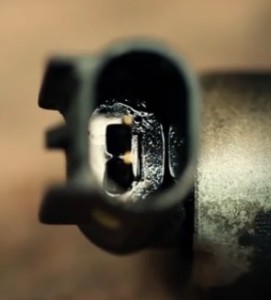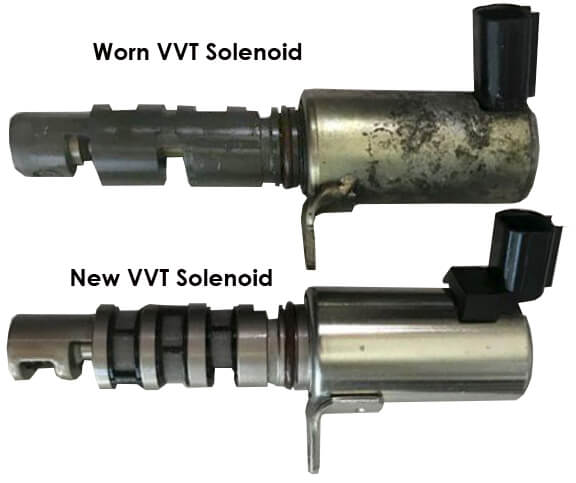How to diagnose and fix a P0014 code
Understanding the P0014 Code: Causes, Diagnosis, and Fixes
The P0014 code is a diagnostic trouble code that indicates an issue with the camshaft position timing. Specifically, it stands for “Camshaft Position ‘B’ Timing Over-Advanced or System Performance (Bank 1).” This code is often associated with the variable valve timing (VVT) system, which is designed to optimize engine performance and efficiency by adjusting the timing of the camshaft. When this code appears, it means the Engine Control Module (ECM) has detected that the camshaft timing is more advanced than it should be. Understanding the causes, diagnosis, and fixes for the P0014 code can help maintain your vehicle’s performance and longevity.
Common P0014 code symptoms
• Check Engine Light— The most obvious symptom is the illumination of the check engine light.
• Engine Performance Issues— You may notice a decrease in engine performance, including reduced power, rough idling, or poor acceleration.
• Increased Fuel Consumption— The engine may consume more fuel than usual due to inefficient combustion.
• Engine Misfires— Misfires can occur when the camshaft timing is incorrect, leading to rough engine operation.
How to diagnose and fix a P0014 code
• Check the Oil— Inspect the engine oil level and condition. Low oil or dirty oil can affect the operation of the variable valve timing (VVT) solenoid. If the oil is low, top it up and clear the code to see if it returns. If the oil is dirty, change it and the filter. Then, clear the code and drive the vehicle to see if the code returns
• Remove the VVT solenoid and check for a clogged screen— The VVT solenoid works by pulsing engine oil pressure into the camshaft phaser chambers. If you have any amount of sludge or debris in your oil and it has clogged the solenoid screen, you’ll get a P0014 code.
• Check the oil control valve pressure sensor (if equipped)— A leaking diaphragm in the oil pressure sensor can cause a loss of pressure to the VVT solenoid that will set a P0014 code. If the sensor is leaking, replace it. But use extreme caution when tightening the sensor. It is tapered, and over-tightening can crack the casting, costing a small fortune to repair.
• Replace the VVT solenoid— The internal valve must move freely and rapidly. Aside from a clogged screen or leaking oil pressure sensor, a worn VVT solenoid is the next most common cause of the P0014 code. Tip: Spend the money to buy an OE sensor. Aftermarket sensors have a high early failure rate.
• Inspect the Camshaft Position Sensor— Check the camshaft position sensor for proper operation. A faulty sensor can be tested with a multimeter to ensure it provides the correct signal.
• Check the Timing Chain or Belt— Inspect the timing chain or belt for wear or stretching. Replace any components that show signs of excessive wear.
A P0014 cam phaser trouble code will also cause misfire codes. You would think that the most common misfire code would be P0300 for random misfires. That’s common, but it’s not always the case. Sometimes it only takes one cylinder to exceed the misfire threshold. In that case you’ll get a specific cylinder misfire code. Don’t make the mistake of thinking you’ve only got a problem in one cylinder. If your scan tool is capable of reading Mode $06 data, check the history misfires for each cylinder. In many cases you’ll see that every cylinder is accumulating misfire codes. However, since the PCM is programmed to only set a code when misfires exceed a certain threshold in a certain time period, the other cylinders may simply have not exceeded the threshold.
Finally, another tell-tale sign of a failing cam phaser is oil in the electrical connector.

Oil in the electrical connector of cam phaser
Remember, the cam phaser is exposed to full line oil pressure and is pulsing the solenoid based on duty cycle to move the cam actuator. If the cam phaser seal fails, oil can seep backwards into the electrical connector. If you see oil, don’t clean the cam phaser. Replace it!
©, 2015 Rick Muscoplat
Posted on by Rick Muscoplat

